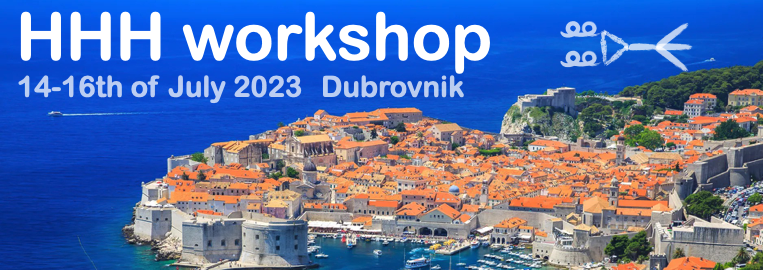Speakers
Description
One of the central goals of the physics program at the future colliders is to elucidate the origin of electroweak symmetry breaking, including precision measurements of the Higgs sector. This includes a detailed study of Higgs boson pair production, which can reveal the Higgs self-interaction strength through the gluon fusion mode as well as the coupling between Higgs and vector bosons through the vector boson fusion mode. Since the discovery of the Higgs boson, a large campaign of measurements of the properties of the Higgs boson has begun and many new ideas have emerged during the completion of this program. One such idea is the use of highly boosted and merged hadronic decays of the Higgs boson (H→bb, H→WW→qqqq ) with machine learning methods to improve the signal-to-background discrimination. In this project, we champion the use of these modes to boost the sensitivity of future collider physics programs to Higgs boson pair production and the Higgs self-coupling. In this presentation, we aim to demonstrate the advantages of graph neural networks over standard cut-based event selection methods to achieve better sensitivity.
